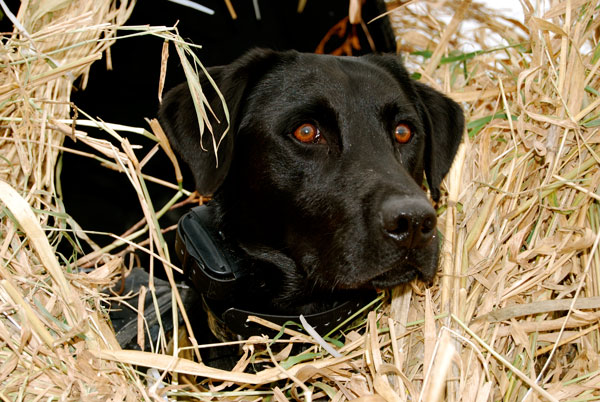
Question: Our dog is a year old and we are confused by the hundreds of dog food brands. What should we be looking for?
Answer: One of the the biggest challenges in finding good dog food is wading through the barrage of beautiful labeling we are inundated with at the pet store. Pet food packaging is a $10 billion market. That makes sense because dog food sales are more than four times that each year. Far more important than the pretty bag, however, is the ingredients list.

Unfortunately, when it comes to dog food ingredients, there are hardly any controls. Yes, there’s the Association of American Feed Control Officials (AAFCO), an independent group that issues guidelines for pet food, but they appear to be not much more than a figurehead. The FDA helps the AAFCO draft their guidelines, but they do nothing to enforce them. Now, each state has an agricultural department that may or may not enforce AAFCO guidelines. So when it comes down to it, the AAFCO basically regulates itself. And incidentally, their “guidelines” could hardly be any looser. You would be appalled if you knew what sort of ingredients made their way into some of our dog’s food.
I would encourage dog owners to start with a basic mistrust of the dog food industry. I know that seems harsh, but believe it or not, I’m pretty sure the manufacturer’s motives have nothing to do with my dog’s longevity and good health. That said, nowadays there are a few really awesome dog food brands, but you will have to look at a lot of dog food bags to find an ingredients list that is above average.
I got much of my education on dog food from a guy by the name of Dr. Martin Goldstein and his book, “The Nature of Animal Healing,” published in 1999. I learned from him that when wolves and wild dogs drag down an antelope or a deer, the lower ranking members of the pack may be eating rib meat and flanks, but the higher ranking dogs will be tearing into the carcass and harvesting the organs. The heart, the lungs, the kidneys, the liver, and so on. The reason for this is that organ meat is nutrient dense. And for wild predators, sometimes it may be a few days before we eat again.
So any time I see any sort of organ meat on a dog food label, that’s a good sign. Also fruits and vegetables are good. The first ingredient listed on the label, will be the one with the largest percentage. Each lessening ingredient percentage is listed in order. Ideally, you want to see some sort of meat as a first ingredient, i.e., chicken, beef, fish, lamb, etc. Chicken, beef or fish “meal” is OK but I’d rather not see it as a first ingredient. Preferably, you would like to see a dog food label that has ingredients that look like “you” could possibly eat this in a pinch!
Ingredients I don’t want to see and are automatic disqualifiers for me are soy, corn, wheat, any sort of “animal byproducts,” BHA and BHT. The latter two are known carcinogens.
A couple of final notes: Skin problems are the most common dog health issue. And chicken is the most common dog food allergen. So if your dog has an itch, you might want to switch him off that food that has chicken in it. We really should be rotating our dog’s food every six months anyway to prevent potential allergies. And, naturally, feeding Fluffy a higher quality food will be more expensive. But if I can squeeze just two more years out of my dog’s life, whatever extra I have spent on dog food over the years will be worth it.
Originally from Louisiana, Gregg Flowers is a local dog trainer who “teaches dogs and trains people.” Contact him at [email protected] or dogsbestfriendflorida.com.
This article originally appeared on Sarasota Herald-Tribune: GREGG FLOWERS: Healthy dog food is worth the extra cost





